If you pay attention to wild birds you’re bound to see a sick one at your feeder from time to time. Birds get sick and die for a myriad of reasons, just like humans – old age, accidents, disease. They also get taken by predators (both the natural and human varieties) and, increasingly, die young due to poor health or starvation related to fast-changing habitat. We can’t do anything to prevent death from old age, of course, and it’s an ongoing challenge to protect bird habitat – as the recent State of North America’s Birds 2016 Report demonstrates all too well – but we can try to do something to reduce early deaths resulting from disease.
Hummingbird’s Tongue Fungal Infection
One disease we can help prevent is a deadly fungal infection often called “hummingbird’s tongue” which causes a hummer’s tongue to swell, making it impossible to eat. You might see the sick hummer just sitting at a feeder with its swollen tongue hanging out of its mouth. Eventually it dies of starvation. See John Rakestraw’s blog post about this disease here: https://johnrakestraw.net/2011/05/11/hummingbird-tongue-fungal-infection/
Since sugar-water is conducive to the growth of pathogens, the only remedy is a preventative one: CLEAN feeders. Be sure to use only white sugar (never honey or organic sugar or brown sugar) when you make up your sugar-water solution (1 part sugar to 4 parts water, boiled) and avoid the red-dyed commercial preparation!
To clean your hummingbird feeder, empty and thoroughly wash the whole thing in hot water using a bottle brush to scrub the interior glass. Do not use soap. Once a month or more, use a solution of I part bleach to 9 parts water as a cleaning solution. Clean all removable parts with a toothbrush and/or Q-tip. Make sure every speck of foreign material is removed and it’s clean enough for YOU to drink from.
If your life is too busy to stick to a cleaning regimen, you can still enjoy hummingbirds by planting fuschia and flowering currant and many other kinds of brightly-coloured native plants in your garden. If you plant it, they will come!
Salmonella
Another disease we can help prevent is salmonella, a bacteria that is spread in bird droppings then ingested. At first glance, birds with salmonella may appear cute and almost tame, not even trying to fly away when a human gets close. Pine Siskins are particularly susceptible to this bacteria, especially during irruption years, partly because they’re highly social, travel in flocks, and eat together.
Salmonella also occurs in Evening Grosbeaks and Brown-headed Cowbirds as well as in cats that kill and eat sick songbirds. If you have handled a sick or dead bird, be sure to wash your hands thoroughly because salmonella is the bacteria associated with food poisoning in humans.
Avian Pox
Avian Pox Avian Pox is a virus that can be transmitted from bird to bird by infected mosquitoes or air-borne particles contaminated with the pox virus. It is not a zoonose so cannot be transferred to humans. It also not the the Avian Flu! For more information click here > http://gabriolabirdblog.blogspot.ca/2015/08/a-pox-on-avian-pox.html
Conjunctivitis
This bacterial disease seriously affects House Finches. For information and more photos, click here > http://feederwatch.org/learn/house-finch-eye-disease/.
How to Help
If you’re seeing sick birds in your yard, consider taking down your feeders for a while. Let the birds eat from natural sources — they’ll be fine and will soon return after you restock your feeders eventually.
If you leave your feeders up, be vigilant about keeping them and the area underneath them clean. Plastic or metal feeders are easier to keep clean than wooden ones. Clean them regularly in a solution of 10% bleach or white vinegar and 90% clean water, then rinse thoroughly and allow to dry naturally before re-hanging. Also, rake under the feeders often day and put the old seed and droppings in a bag in the garbage – not in recycling. You can spread feeders out to discourage crowding.
Birdbaths can also carry the salmonella bacteria, so change the water every few days to get rid of regurgitated seeds and feces.
Scrub birdbaths every week with a plastic brush to remove algae and bacteria, then rinse well. Make sure you allow the brush to dry thoroughly following each use. Because salmonella bacteria can live for months on unclean feeders and on the ground, and can also be brought into your back yard from the wild, it’s very hard to eradicate once it hits.
Thanks for doing your part to keep birds safe and healthy.



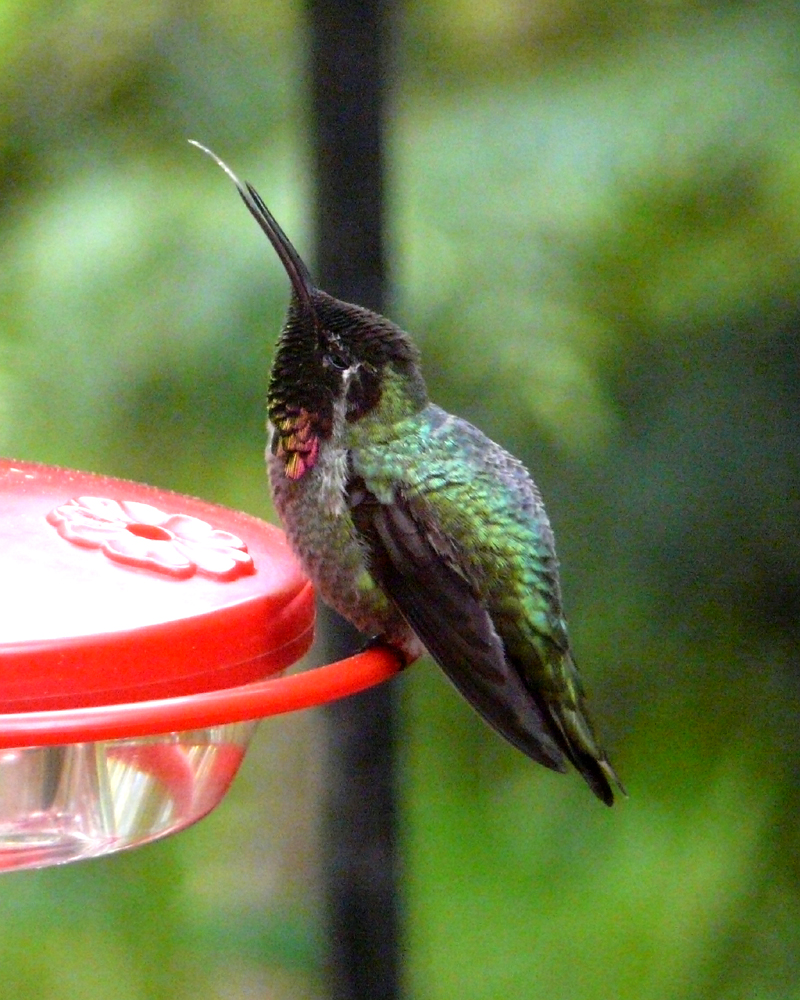
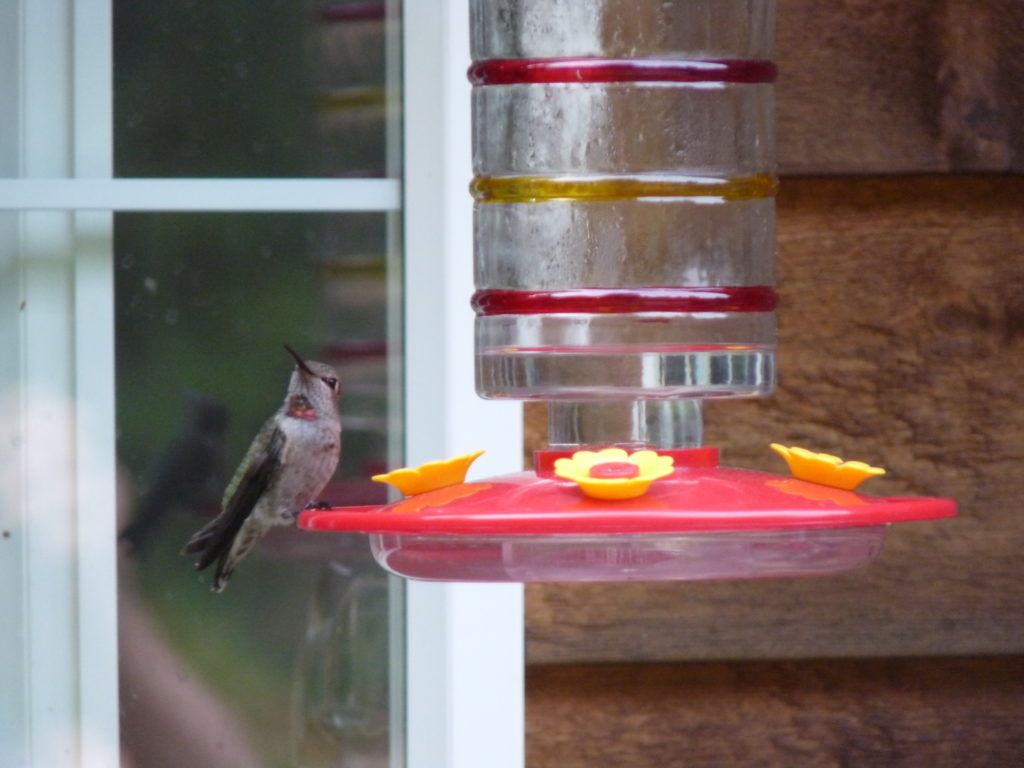
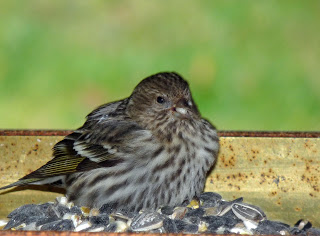
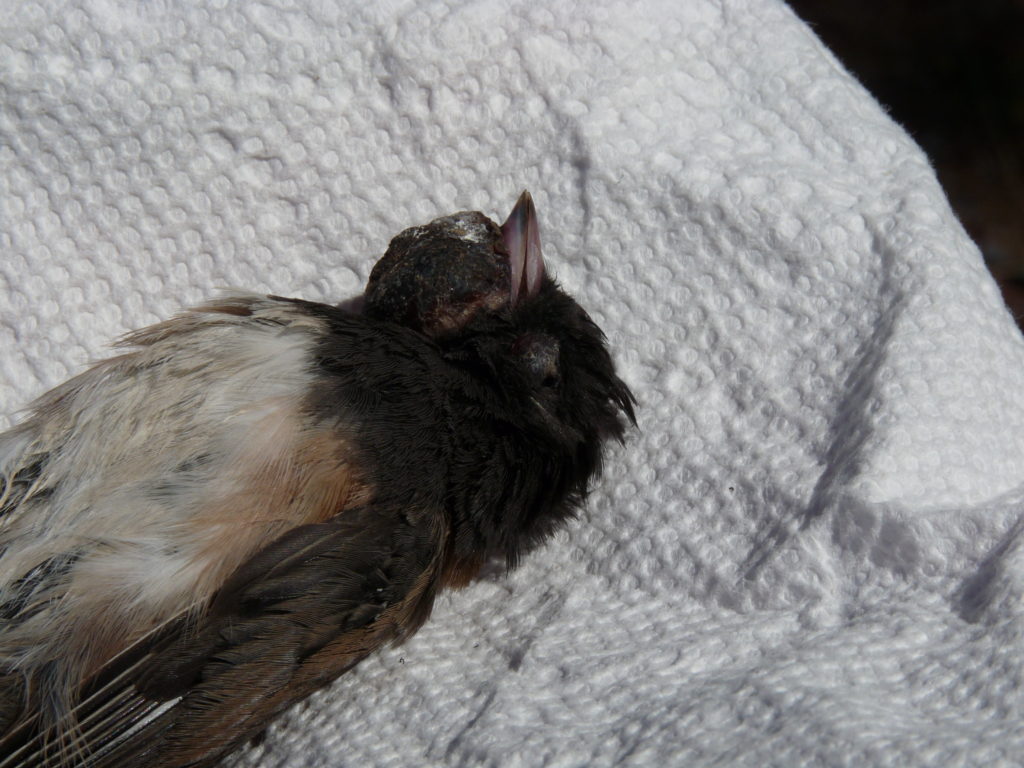
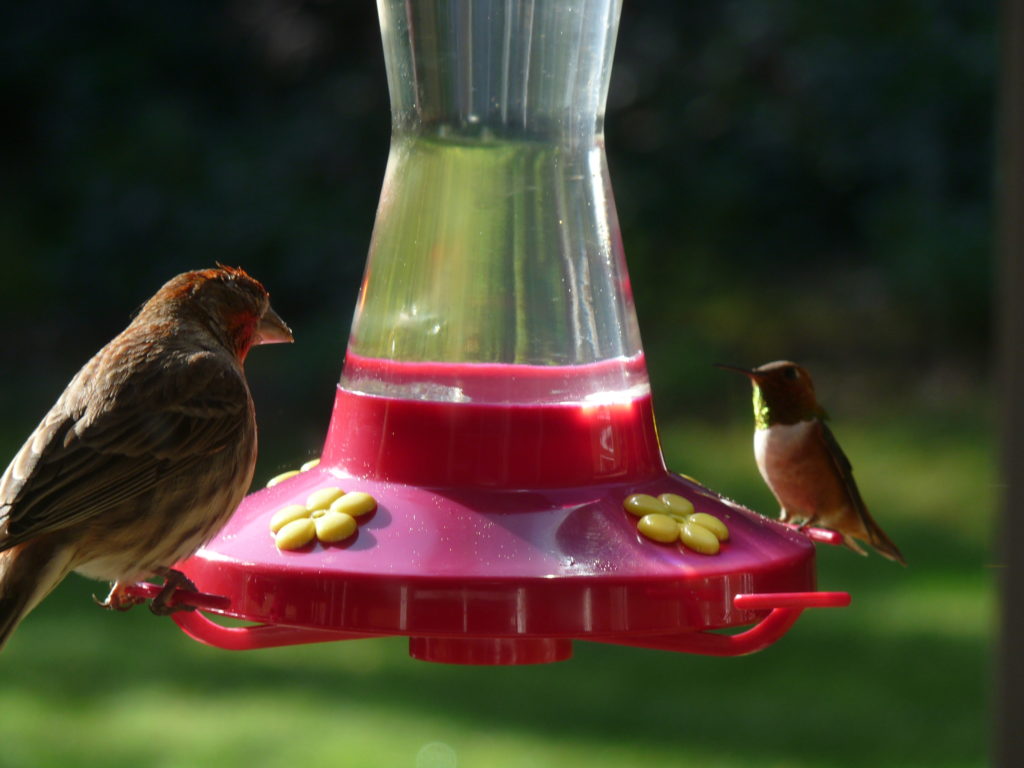
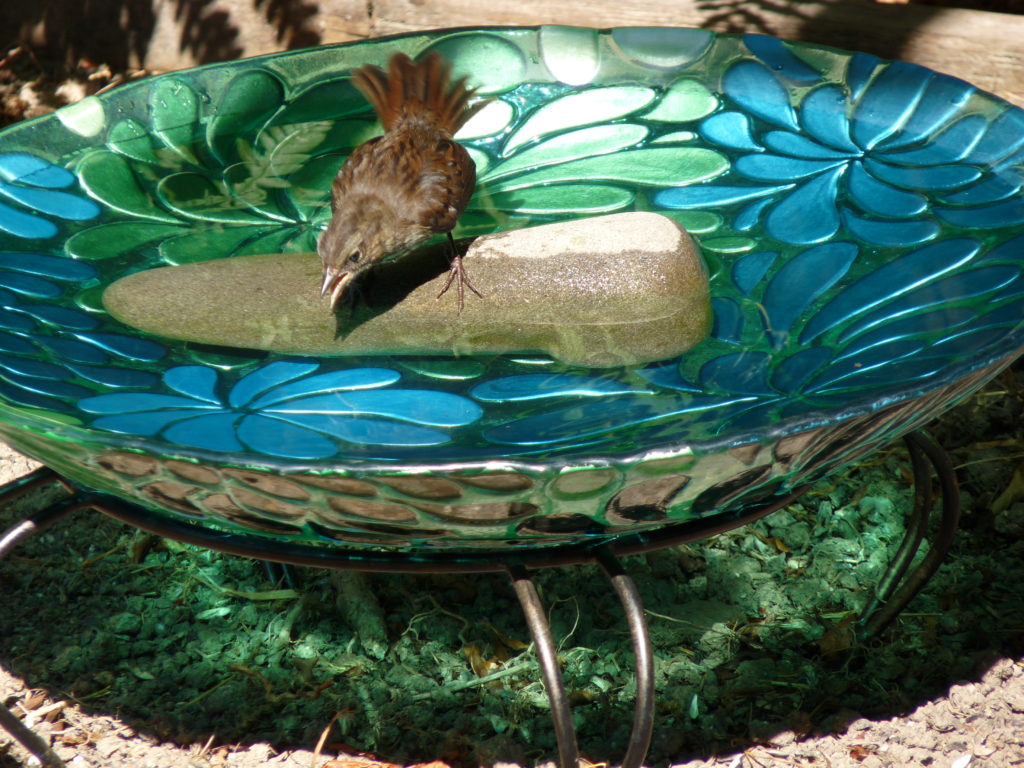
Nate, thank you for sharing!
Pingback: Blog Birding #276 « ABA Blog
Thanks Sharon. Very helpful. I will pass on to others.
Thanks Tammie.
Excellent post & great advice, Sharon!
You’re most welcome Gilda. Thanks for letting your friends know.
I no longer have feeders myself because I now live in an apartment, but I’m forwarding this to friends who do. I didn’t know any of this when I had feeders in my backyard! Thanks for posting this.